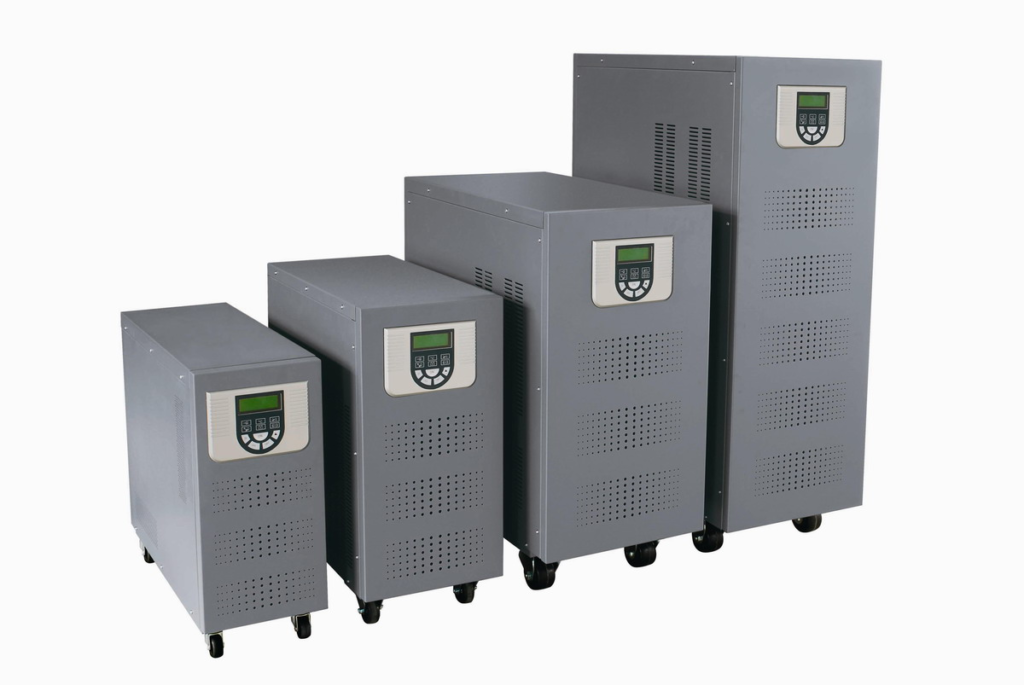Changes in the times have made information equipment more stringent on the power grid environment. UPS power supply is an important equipment for improving power grid pollution, so it has also ushered in a broader market demand. For users who have used UPS power supply, how to maintain UPS power supply, increase its service life, and maximize its role is the first condition.
What is the maintenance of UPS power equipment maintenance?
Site maintenance
When installing and using the UPS power supply, the temperature of the installation and use environment should be 0~40℃, the relative humidity is 30%~90%, the temperature is lower than 0℃ or damp, the insulation performance of the UPS power supply will decline, it is easy to cause short circuit; also It may cause corrosion and rust on the connectors of UPS power supply and other equipment, electrical connection screws, component pins, hoe, solder joints, etc.
Altitude> 1000m, use 10% derating every 1000m.
In addition, the anti-magnetic ability of UPS is not very good. Therefore, strong magnetic objects should not be placed on the UPS, otherwise it will cause the UPS to work abnormally or damage the machine.
Battery maintenance
The battery is a UPS power supply as a device for storing electrical energy, and the size of the capacity determines the maintenance discharge time.
1.Maintain a suitable ambient temperature
Considering all aspects, the UPS power supply generally uses maintenance-free lead-acid batteries, and the life is generally about 5 years. The ambient temperature of the battery is between 20~25℃. Once it exceeds 25℃, the battery life will be reduced by half every time the temperature rises by 10℃.
2.Periodic battery charge and discharge
In a service environment where utility power outages rarely occur, the battery will be in a floating charge state for a long time, and the activity of the battery chemical energy and electrical energy conversion will be reduced over time, which will accelerate aging and shorten the service life. Therefore, it should be fully discharged every 2-3 months. The discharge time can be determined according to the capacity and load of the battery. After a full-load discharge is completed, recharge it for more than 8 hours as required.


